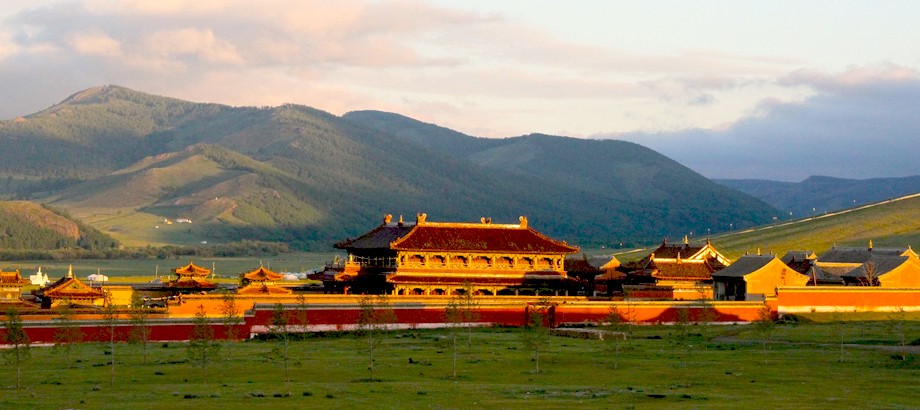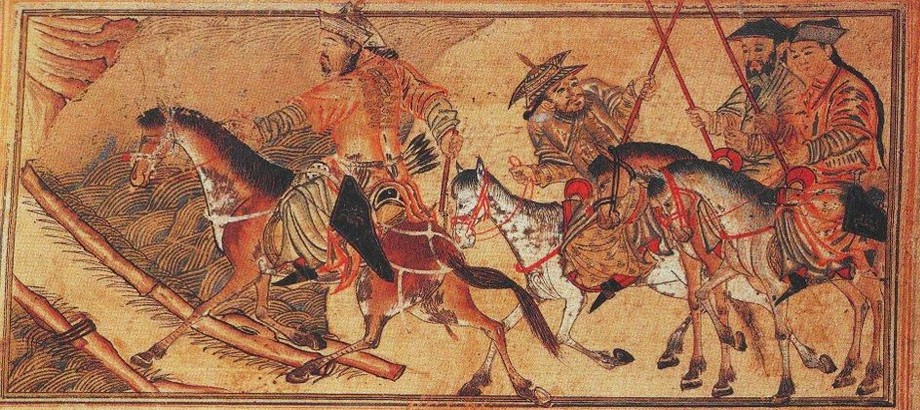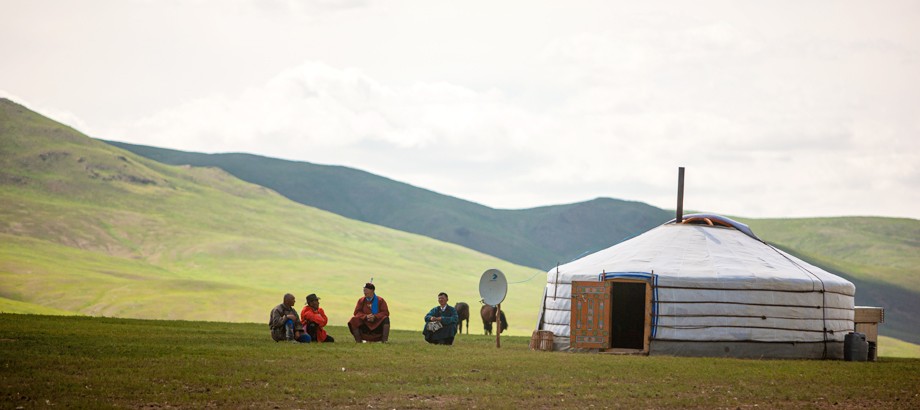Amarbayasgalant Buddhist monastery
2020-11-30

The “Amarbayasgalant” monastery (means "Monastery of Tranquil Felicity") was established in 1737 by the Manchu government’s support with the aim of spreading the Yellow Religion in Mongolia and in the honour of Undur Gegeen Zanabazar, the first theocratic leader of Mongolia.
The monastery is located on the banks of the Iven River in the foothills of local people’s sacred Burenkhan Mountain in Northern Mongolia nowadays . Amarbayasgalant Monastery was a complex of oriental architectural styles in terms of design, interior and exterior. The monastery had six main temples, about 6,000 monks, There are also schools and datsans such as Mamba, Astrology, Jud, Lamrim, Tsogchin and Choir. They were taught Buddhism. The most important meeting was the sacrifice before the tombs of Undur Gegeen Zanabazar and the fourth Bogd Jibzundamba. The five most respected monks took turns attending the meeting, and lower-ranking monks were not allowed to attend. The monastery held a Maitreya return ceremony on June 15 and a tsam dance on June 27. The monastery had a double-walled fence on the outside and a rainwater drainage channel on both sides of the wall, with a total of about 40 temples. This is one of the few most authentic Buddhist monasteries that have been survived the anti-religion purge during 1930s. During these political victimization of national and religious culture, 28 temples were survived and protected by the State since 1944. Good note is that in 1972, with support from UNESCO, restoration of the monastery started and has been continuing until today.
Amarbayasgalant Monastery is a combination of n



